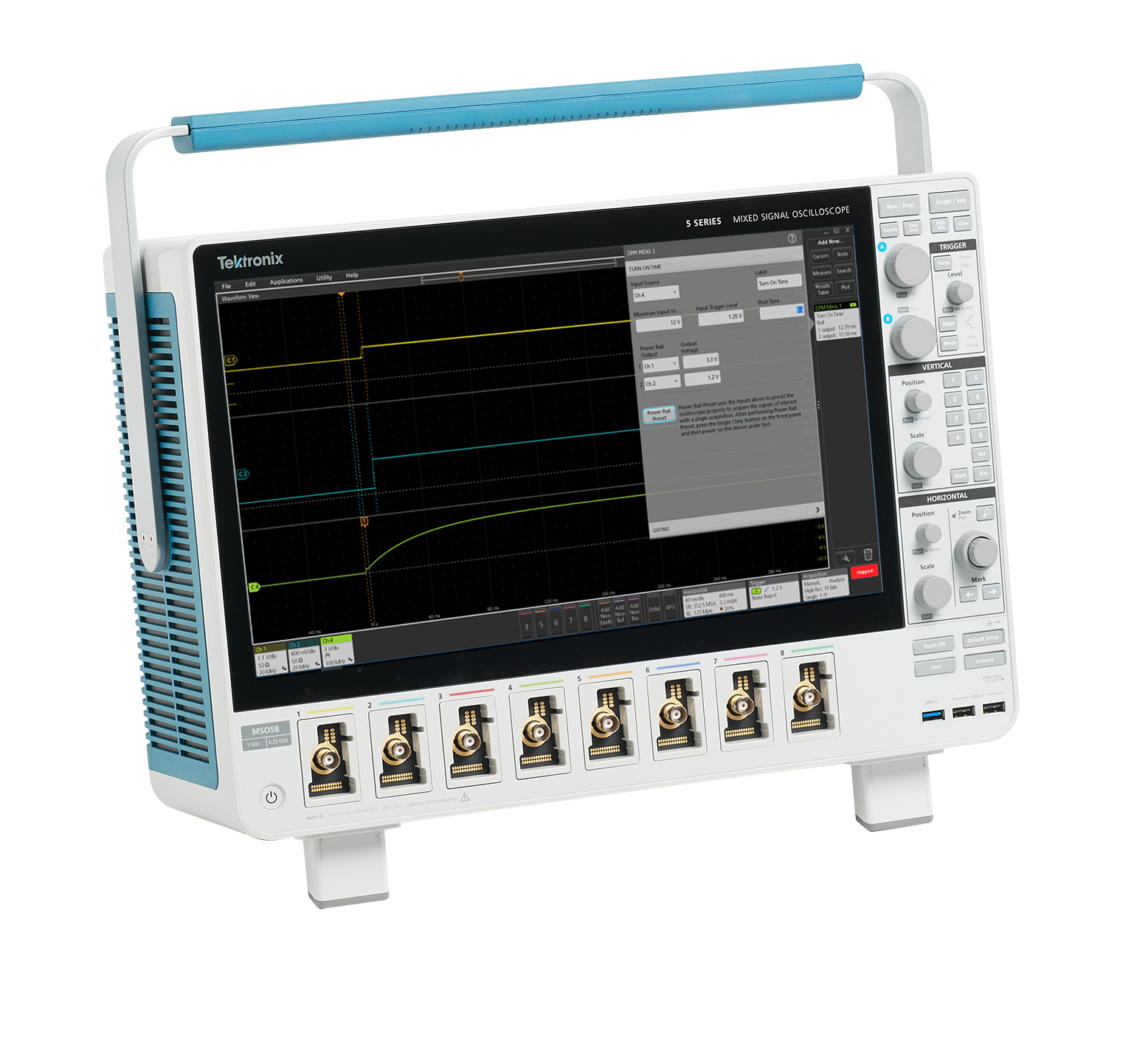Contact us
Call
Call us at
Available 6:00 AM – 5:00 PM (PST) Business Days
Download
Download Manuals, Datasheets, Software and more:
Feedback
Digital Power Management Analysis
5/6 Series B MSO Option 5-DPMBAS/5-DPM/6-DPM Application Datasheet
More Information
- 5 Series MSO Low Profile
- 5 Series B MSO
- 6 Series B MSO
- Explore more Software models


